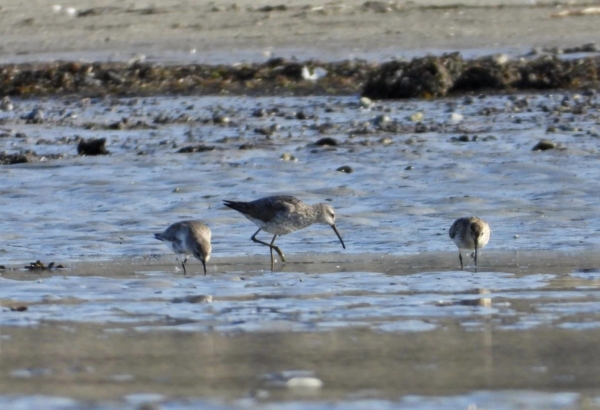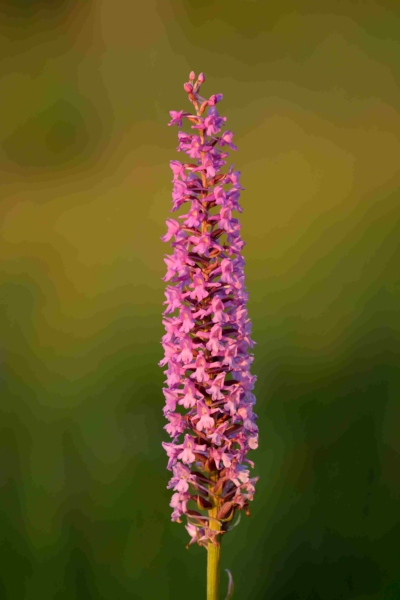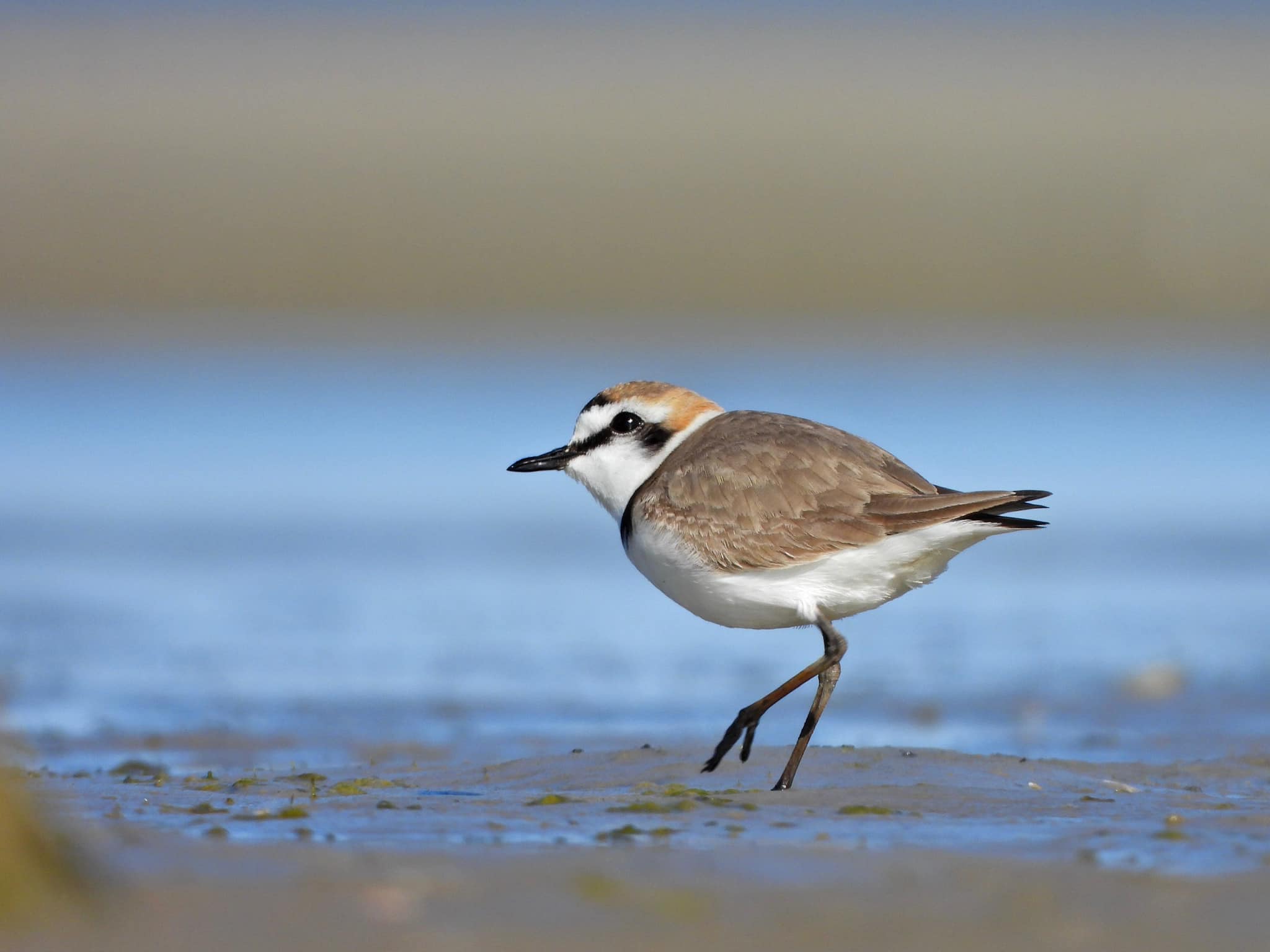New animal and plant species are found in Tallinn every year
In the last few years, new lichen, orchid, bird and insect species have been found in Tallinn, which are first finds for Tallinn or Estonia. A couple of their species are complete rarities even for Northern Europe.
In the last couple of years, two new bird species, two new lichens, two new orchids and one new insect have been discovered in Tallinn during nature surveys ordered by the Tallinn Urban Environment and Public Works Department or hobby observings. “Such findings show that Tallinn is still an oasis of biodiversity. Many valuable communities have been preserved in our city, where such rarities have found a place to live or stay. The more you walk around Tallinn with your eyes open, the more such surprises you can discover. And Tallinn is full of such natural surprises!” said Meelis Uustal, the leading nature conservation specialist of the Tallinn Urban Environment and Public Works Department.
One of the most special finds is the bee Anthidium florentinum, which still does not have a name in Estonian, which was spotted two years ago during a survey of pollinators by the Tallinn Urban Environment and Public Works Department. “During the research, a oblong woolcarder bee Anthidium oblongatum with a suspicious appearance was found, and when the entomologist began to take a closer look at it under the microscope, it turned out that it was actually a Mediterranean species of woolcarder bee. What made the find in Tallinn special is that it is even the first identified find of the species in Northern Europe,” said Uustal.
Two years ago, two completely new lichen species for Estonia, Flavoplaca flavocitrina, Scytinium callopismum, were also found on Maarjamäe klint – they also do not have Estonian names yet.
Last fall, a hobby ornithologist found a stilt sandpiper (Calidris himantopus) on Tiskre beach – a species of wader rarely found in Europe, which after the confirmation of the find became the 401st bird species spotted in Estonia. “Extremely warm weather and winds led this bird, which had not been seen before in Estonia, off its migration path. Even in Finland, this long-legged rarity has only been seen twice,” said hobby ornithologist Merike Hiibus, who managed to see the extremely rare bird with her own eyes.
Last spring, Hiibus noticed another wader in Tiskre, the Kentish plover (Charadrius alexandrinus), of which only a few sightings have been recorded in Estonia. “I was combing through the legs of waders to find ringed birds, when suddenly one of the legs was very dark! A really delightful little wader, this Kentish plover.”
According to Uustal, bird watchers spot rare bird species in Tallinn relatively often. A few years ago, many bird watchers went to Merimetsa to see the rare Red-flanked bluetail (Tarsiger cyanurus), whose nearest breeding places are in northern Finland and which winters in South-East Asia and rarely comes to Estonia.
Orchids were added to Tallinn’s list of new spieces – Heart Leaved Twayblade (Neottia cordata) and Marsh Fragrant Orchid (Gymnadenia densiflora). The first of them is a rare, II protection category plant, i.e. endangered all over Estonia. “In addition, it is also very difficult to spot it – it is tiny and grows in hard-to-find places – swampy, wet forests, where people don’t want to go the most,” Uustal describes the special nature of the find. In the case of the densely flowered cypress, Tallinn was found to be one of the northernmost growth locations of this species in Estonia.
As of 2024, 13% of Tallinn’s area will be covered by national and local protected areas. The protected areas at the local government level are the Harku forest reserve, the Merimetsa reserve and the Pääsküla bog reserve. The Astangu-Mäeküla reserve and the Kakumäe forest reserve are being formed. The Aegna landscape reserve, the Nõmme-Mustamäe landscape reserve and the Pirita river valley landscape reserve, as well as the Paljassaare conservation area and the Pirita river conservation area are under national protection.
More information: https://www.tallinn.ee/et/elurikkus
Photos: Merike Hiibus, Wikimedia Commons.
On the photo above: the Kentish plover, below (from left to right): The bee Anthidium florentinum, a stilt sandpiper and the Marsh Fragrant-orchid




